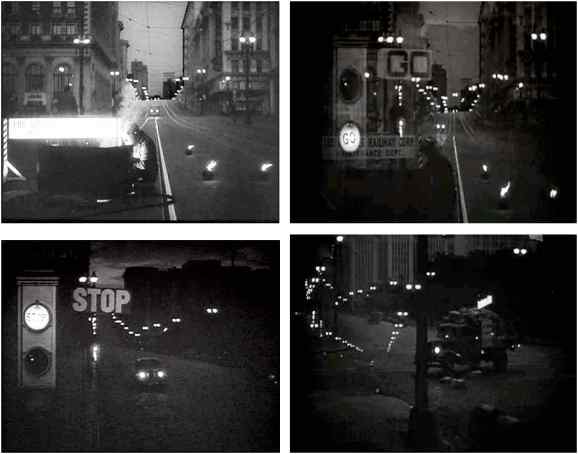

Due to Walter being the voice over for the narration it also helps to create Walter's image as being very typical for this convention. This image is very typical for a genre like Film Noir and Walter Neff is seen as a fall guy when it comes to look at the type of character being presented. The main protagonist is seen as an "ordinary" male figure. This is seen as Phyllis being in a higher class to the main protagonist is then represented by Phyllis being on a higher level when they are introduced to one another. Before we see Phyllis Dietrichson we are presented to a setting of a big house in an open space where a maid answer the door instead of the home owners.

Due to Phyllis Dietrichson being at the stair case and the main protagonist being on the ground floor, this can also represent Phyllis's social class. This indicates how Phyllis has became more empowered by being higher then Walter Neff. The main protagonist Walter walks into Phyllis Dietrichson's house and is greeted by the maid, Phyllis Dietrichson is at the top of the stairs and Walter Neff is looking up at her. The first part of the scene where dominance is shown is when first looking at Phyllis Dietrichson. The double indemnity shows elements of dominance throughout the scene, this is done with both characters Walter Neff and Phyllis Dietrichson trying to stay in control, in order to get what they both want. The genre of film-noir, drama and crime that was directed by Billy Wilder and starring Fred MacMurray, Barbara Stanwyck and Edward G. Double Indemnity (1944) Scene Analysis - "How fast was I going officer?"


 0 kommentar(er)
0 kommentar(er)
